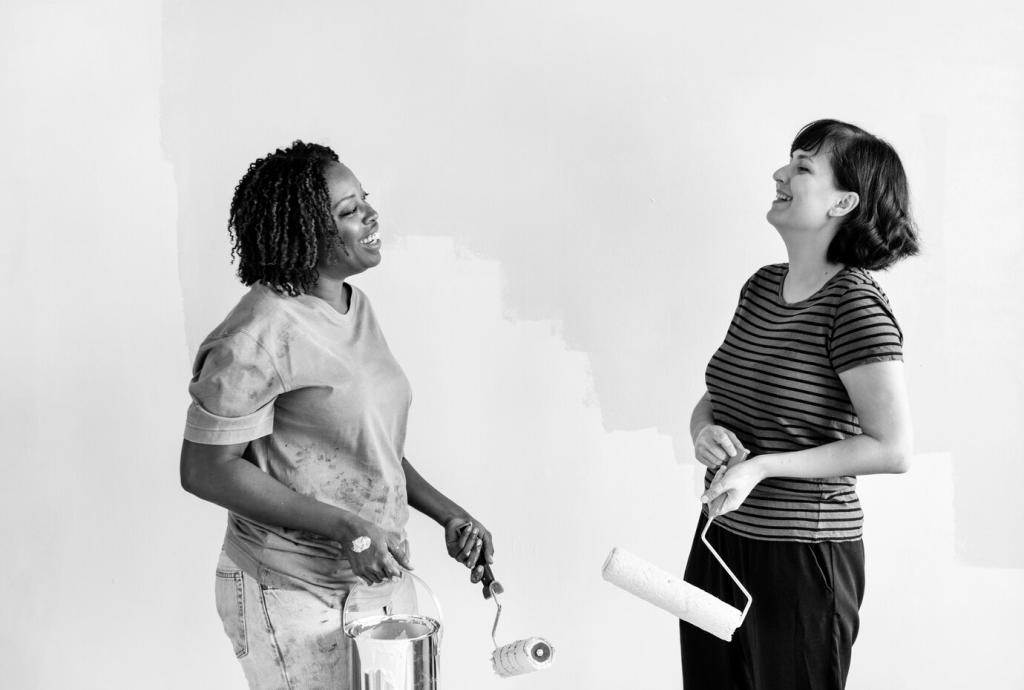Beginner's Guide to Carpentry: Start Building with Confidence
Selected theme: Beginner’s Guide to Carpentry. Welcome to a warm, sawdust-scented starting point for your woodworking journey—packed with simple steps, honest stories, and beginner-friendly wins. Subscribe to follow along, ask questions, and share your very first build.

Essential Tools You Actually Need
Starter Kit That Works Hard
Begin with a quality tape measure, a reliable combination square, a sharp pencil, a handsaw, a cordless drill, and a set of clamps. These modest tools handle surprising tasks while teaching control, accuracy, and safe habits every beginner needs.

Read Your Tape Like a Pro
Practice reading sixteenths and confirming dimensions twice. Hook your tape consistently and use a square for clean lines. Small measuring wins prevent ugly gaps, wobbly shelves, and misaligned joints that frustrate beginners early.
Marking for Real-World Builds
Use a sharp pencil or marking knife for crisp lines, mark faces and edges, and label parts A, B, C. This simple labeling saves confusion during assembly and ensures every piece meets the right partner perfectly.
Anecdote: The Shelf That Rocked
My first shelf leaned because I trusted a bent tape and eyeballed square. One re-measure fixed everything. Moral: measure twice, square once, and celebrate when your bubble finally floats dead center.
Cutting Techniques for Clean Results
Let the saw start gently on the waste side of the line, keep your wrist relaxed, and use long, steady strokes. Clamp your workpiece and watch the kerf. A patient rhythm creates straight, predictable cuts every time.
Cutting Techniques for Clean Results
Support your board on the offcut side, set blade depth just below the material, and follow a guide for accuracy. Keep both hands steady, let the blade finish its spin, and never force the cut through knots.



Safety Habits That Become Second Nature
Wear eye protection, hearing protection, and a dust mask when cutting. Tie back hair, avoid loose sleeves, and keep your workspace bright. Clear safety routines reduce hesitation and make practice sessions feel calm and controlled.
Good lighting, solid support, and clear pathways matter. Secure power cords, clamp materials, and store sharp tools safely. A tidy bench helps you spot mistakes early and prevents accidental slips or heartbreaking tool drops.
Rushing builds regret. Visualize each cut, rehearse your steps, and stop if something feels off. Ask questions in the comments, and share what safety tip changed your confidence most dramatically.







